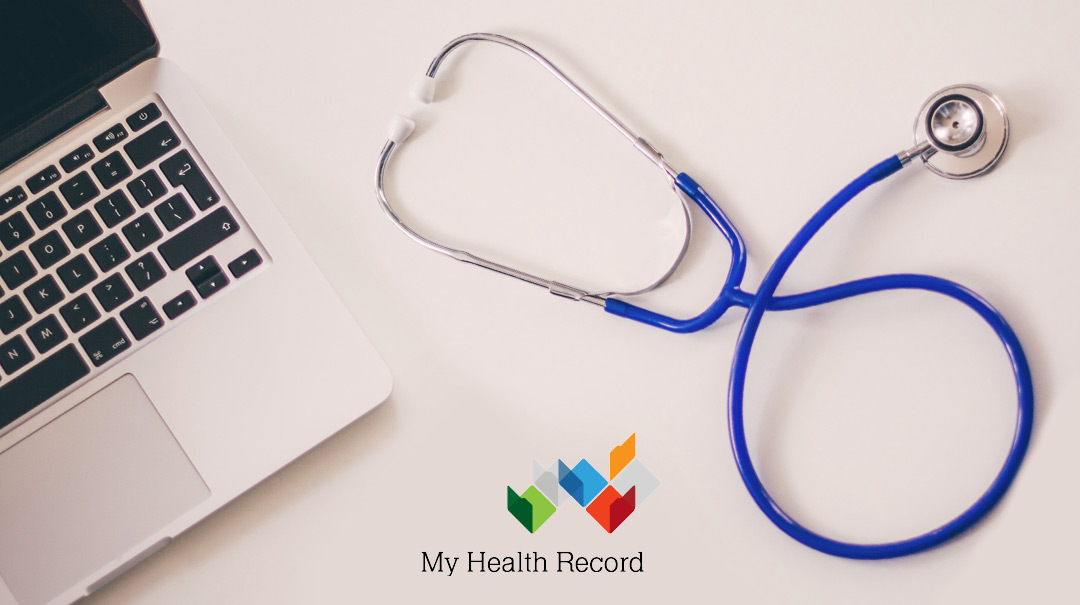Your health in your hands

Monday 16 July marks the beginning of an extensive national community engagement and communications strategy to inform all Australians on the benefits of My Health Record and their right to opt out should they choose not to have a digital health record.
This year, all Australians with a Medicare or Veterans Affairs Card will get a My Health Record unless they choose not to.
My Health Record is an individual’s safe and secure digital health information, easily accessible by doctors, specialists, and hospitals.
Australian Digital Health Agency CEO Tim Kelsey said the expansion of My Health Record nationally this year will deliver a system that provides universal functionality, clear and concise content and, critically, a safe and secure clinical health service for all Australians.
“My Health Record can reduce the risk of medical misadventures by providing treating clinicians with up-to-date information. The benefits of digital health for patients are significant and compelling. Digital health can improve and help save lives,” Mr Kelsey said.
“Strict privacy control, set by an individual, is a central feature of My Health Record. Each person can control the information in his or her My Health Record, and the healthcare provider organisations that can have access,” said Mr Kelsey.
Having healthcare practitioners able to see discharge summaries, prescribed and dispensed medications as well as shared health summaries means a repository of accurate details is available to support clinical conversations when providing a medical story.
My Health Record can list results from pathology and imaging reports such as blood tests and x-rays. This available information means doctors have more time to spend with patients rather than chasing up their medical information. They then have a more detailed picture with which to make clinical decisions, diagnose and provide treatment.
Australians can also arrange to have a trusted loved one or friend be a Nominated Representative on their My Health Record to help manage their health information.
“One of the frustrations for people who are carers for loved ones, is they just don’t have access to that person’s health information. If we could all see the same information, we can work much more effectively as a team and support the person who are trying to care for,” said Dr Meredith Makeham General Practitioner, Clinical Professor and Chief Medical Adviser, Australian Digital Health Agency.
“It’s helpful to have a system like My Health Record that can keep provider, carer and patient information all on the same page together,” said Dr Makeham.
Being a convenient way to keep track of key health information including medical conditions, allergies and advance care plans, the record provides many potential benefits to consumers. These include reduced duplication of tests, better coordination of care for people with chronic and complex conditions, and better informed treatment decisions.
During the opt out period between16 July – 15 October 2018, individuals who do not want a record will be able to opt out by visiting the My Health Record website or by calling 1800 723 471 for phone based assistance.
Other Key Facts about My Health Record
- When a My Health Record is activated it’s empty. The individual has the choice to add two years of Medicare data but a person’s medical history will not automatically be uploaded. Going to a doctor and asking for a shared health summary to be uploaded will mean a summary of an individual’s past medical details will be added only if they choose it to be.
- While individuals can review their own key health information they have the comfort of knowing that more detailed clinician and consultation medical records stay with their doctor and are not uploaded to My Health Record.
- Allowing 24/7 access from anywhere with an internet connection having a My Health Record while travelling interstate or in an emergency can be a noticeable advantage.
- My Health Record has multilayered and strong safeguards in place to protect individual information including encryption, firewalls, secure login, authentication mechanisms and audit logging.
- Personally controlled settings allow the user control over who sees the information and what they see. With three options to: set an access code to give access only to selected healthcare providers, control access to specific documents or give access to a nominated representative such as a family member, close friend or carer, the privacy control is completely set by the individual.
- Audit logging means the person can see which provider has accessed their documents and when. Setting up SMS notifications means an email or text is sent any time a new healthcare provider accesses an individual’s My Health Record, including in an emergency.
People can choose to have Medicare data including MBS and PBS data, organ donation decisions and immunisations from the Australian Immunisation Register added.
Back to most recent edition
Newsletter
Stay up to date
Sign up to our Mind Reader newsletter for monthly mental health news, information and updates.
